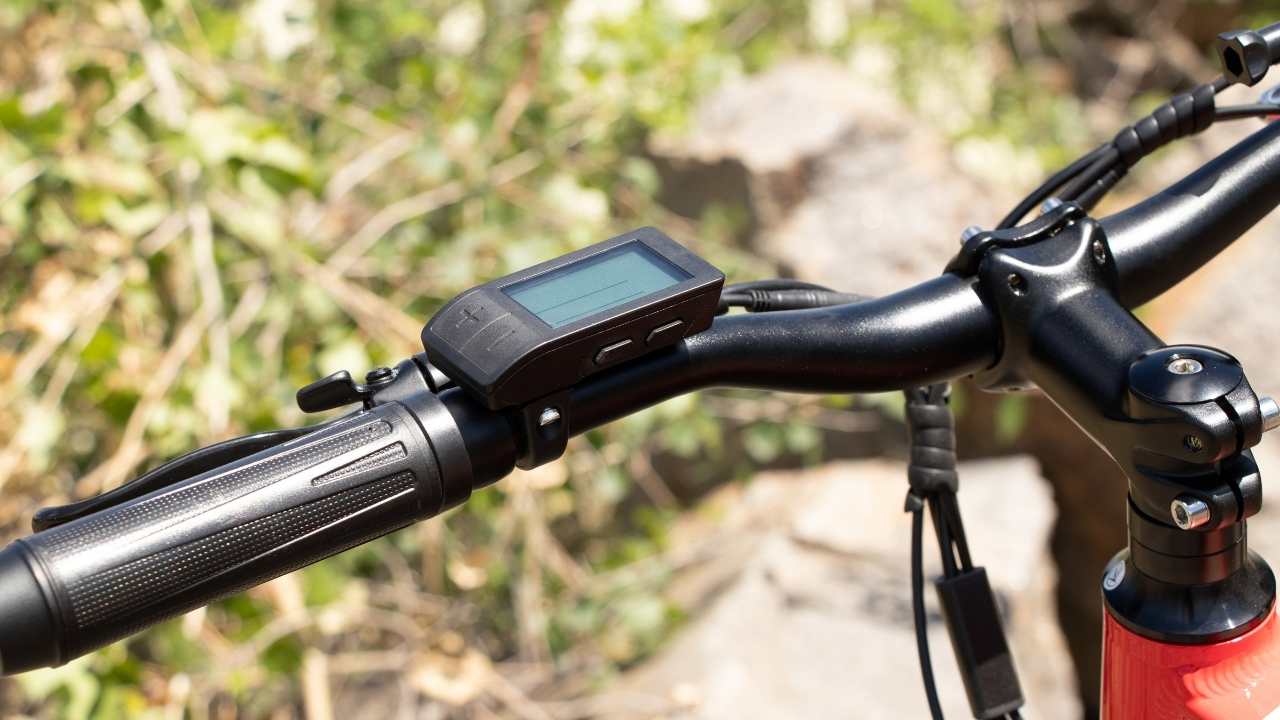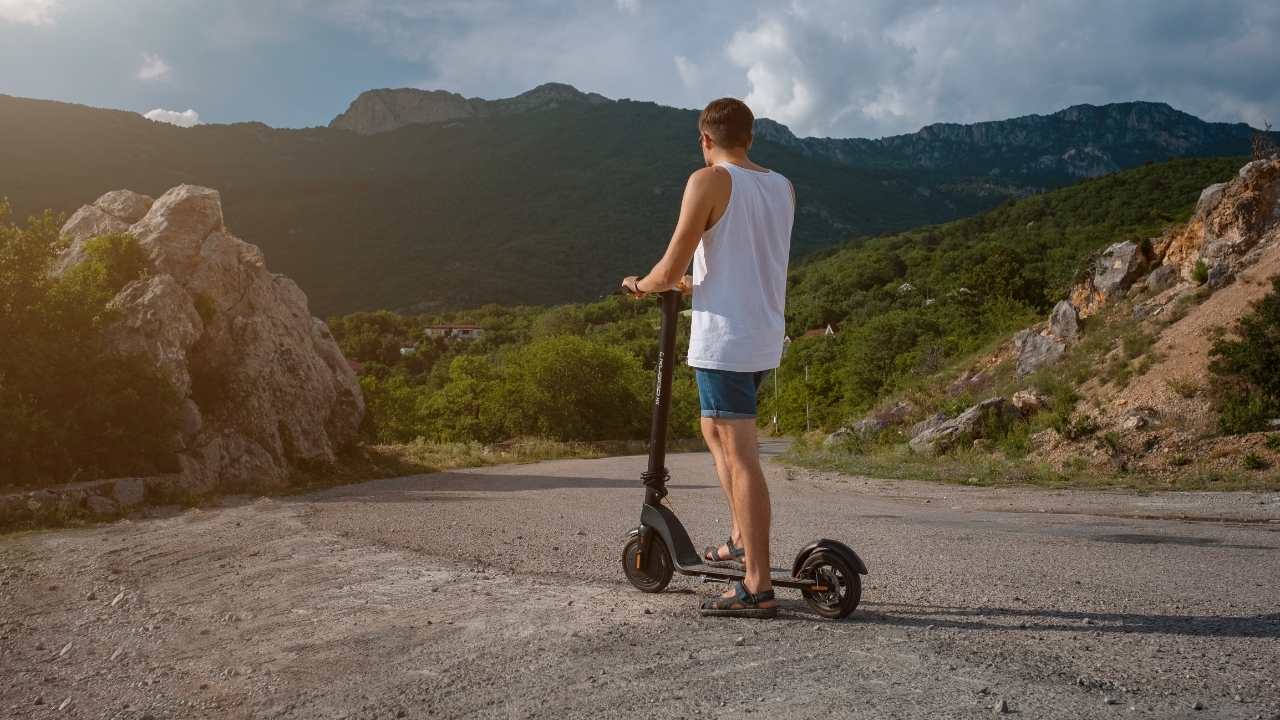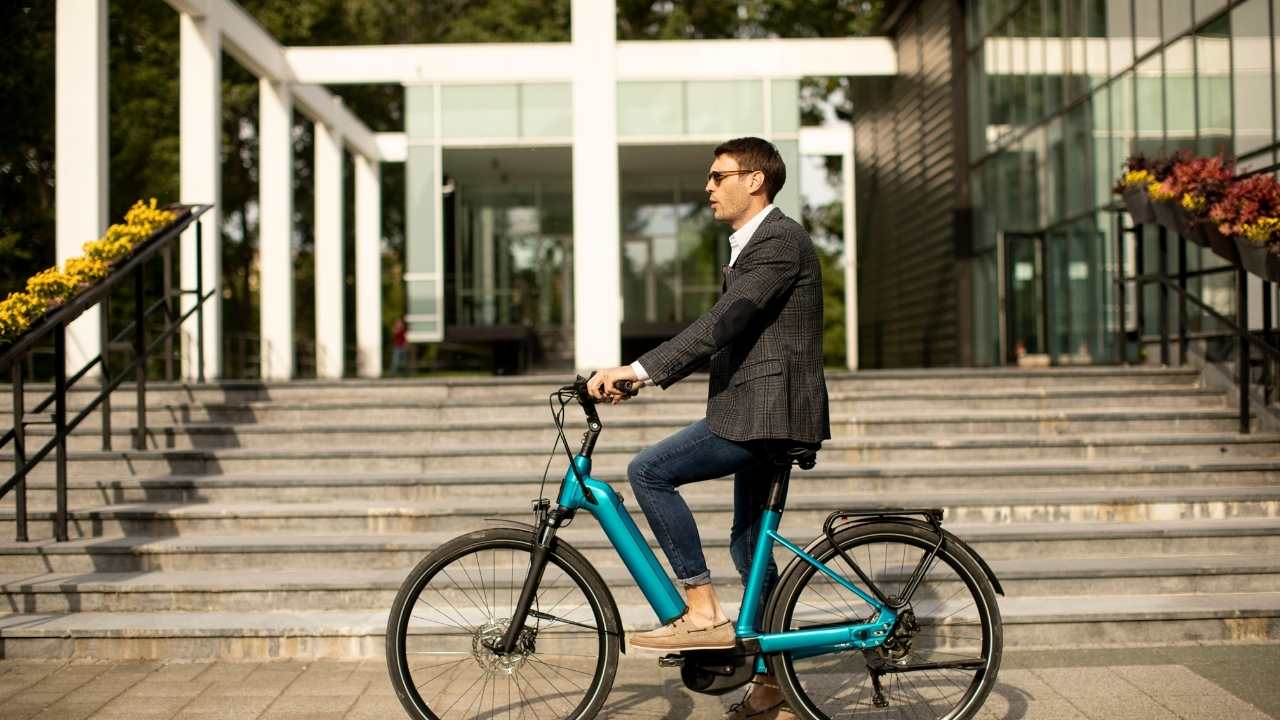
What Is the New E-Bike Law in California?

California's new e-bike law classifies electric bicycles into three categories: Class 1 with pedal-assist up to 20 mph, Class 2 with a throttle up to 20 mph, and Class 3 with assistance up to 28 mph. Riders must follow speed limits based on these classes and where traditional bicycles are allowed. Safety requirements include wearing helmets, obeying traffic rules, and regularly maintaining the e-bike. Violating the law can result in fines up to $250 and even impoundment of the bicycle. It's essential to understand these regulations for safe and legal riding in California. Discover more about e-bike regulations for a smooth ride ahead.
Key Changes in E-Bike Classification
The newly implemented e-bike law in California introduces significant changes to the classification system of electric bikes.
Under this law, electric bikes are now categorized into three classes based on their speed capabilities and the level of assistance provided.
Class 1 e-bikes are pedal-assist only, providing assistance up to 20 mph.
Class 2 e-bikes have a throttle for assistance up to 20 mph without pedaling.
Class 3 e-bikes offer assistance up to 28 mph but require pedaling.

These new classifications aim to improve safety on the roads by clearly defining the capabilities of each type of e-bike.
Riders need to understand these classifications to select the appropriate e-bike for their needs and comply with the regulations for each class.
Speed Limits and Class Definitions
Several speed limits and class definitions have been established under the new e-bike law in California to regulate the operation of electric bikes on roads and paths. These regulations are vital for ensuring the safety of riders and other road users.
The law categorizes e-bikes into three classes based on their maximum speed and pedal-assist capabilities. Class 1 e-bikes have a maximum speed of 20 mph and are pedal-assisted, providing a boost while the rider pedals.
Class 2 e-bikes also have a maximum speed of 20 mph but are equipped with a throttle, allowing them to move without pedaling.
Class 3 e-bikes, with a maximum speed of 28 mph, are typically pedal-assisted like Class 1 bikes. Understanding these class distinctions is essential for riders to comply with the law and ride responsibly.
Where E-Bikes Are Allowed
When considering the new e-bike law in California, it is essential to be mindful of the designated areas where e-bikes are permitted for use. E-bikes are generally allowed wherever traditional bicycles are permitted, such as bike lanes, bike paths, and roads.

However, it is vital to pay attention to any specific regulations in certain areas, as some trails or pathways may have restrictions on motorized vehicles, including e-bikes. Additionally, private properties like parks or businesses may have their own rules regarding e-bike usage.
Riders must always respect signage and guidelines to guarantee the safety of themselves and others. Being aware of where e-bikes are allowed helps promote a harmonious coexistence between e-bike riders and other road users.
Safety Requirements for E-Bike Riders
Ensuring the safety of e-bike riders is vital in promoting responsible and secure cycling practices. When operating an e-bike in California, riders are required to wear helmets at all times.
It is recommended to wear bright and reflective clothing to increase visibility, especially when riding at night. E-bike riders should obey all traffic signals and signs, just like traditional cyclists.
It's essential to regularly check the brakes, tires, and lights on your e-bike to make sure they are in good working condition. Additionally, riders should stay alert and focused while on the road, avoiding distractions like using a phone.
Penalties for Violating the E-Bike Law
Violating the e-bike law in California can result in fines and other penalties. Riders who fail to adhere to the regulations may face fines ranging from $100 for a first offense to $250 for subsequent violations.
Additionally, breaking the e-bike law could lead to the impoundment of the electric bicycle. It's important for riders to familiarize themselves with the specific laws governing e-bikes in California to avoid these penalties.

By following the safety requirements and guidelines, riders can guarantee not only their well-being but also compliance with the law. Remember, respecting the rules of the road not only promotes safety but also prevents potential legal consequences.
Frequently Asked Questions
Can I Ride My E-Bike on the Sidewalk in California?
Riding an e-bike on sidewalks can pose safety risks to pedestrians. It is generally recommended to ride e-bikes on the road or designated bike lanes in California to guarantee the safety of both riders and pedestrians.
Are There Specific Parking Regulations for E-Bikes?
Ensuring e-bikes are safely secured in designated areas is vital. Following regulations helps prevent obstruction, promotes order, and reduces the risk of theft or damage. Remember, a little care goes a long way.
Do I Need a Driver's License to Ride an E-Bike in California?
In California, you do not need a driver's license to ride an e-bike. However, it is important to familiarize yourself with local regulations and safety guidelines. Always prioritize wearing a helmet, following traffic rules, and practicing safe riding habits.
Are There Any Restrictions on Carrying Passengers on E-Bikes?
Are there any restrictions on carrying passengers on e-bikes? Prioritizing safety, it's vital to adhere to regulations that prohibit carrying passengers on e-bikes in California. Following guidelines guarantees a safer riding experience for all.
Are E-Bike Riders Required to Wear Helmets at All Times?
While e-bike laws vary, safety regulations often mandate that riders wear helmets at all times. Protecting riders' heads in case of accidents is essential for preventing severe injuries. Adhering to helmet laws promotes safer e-bike riding practices.